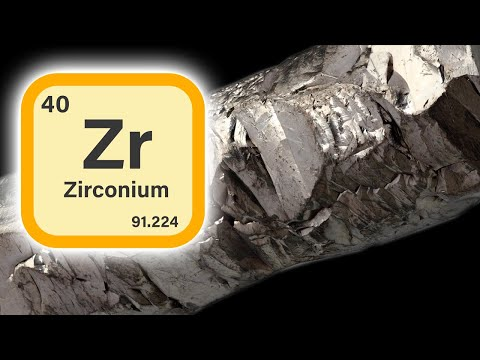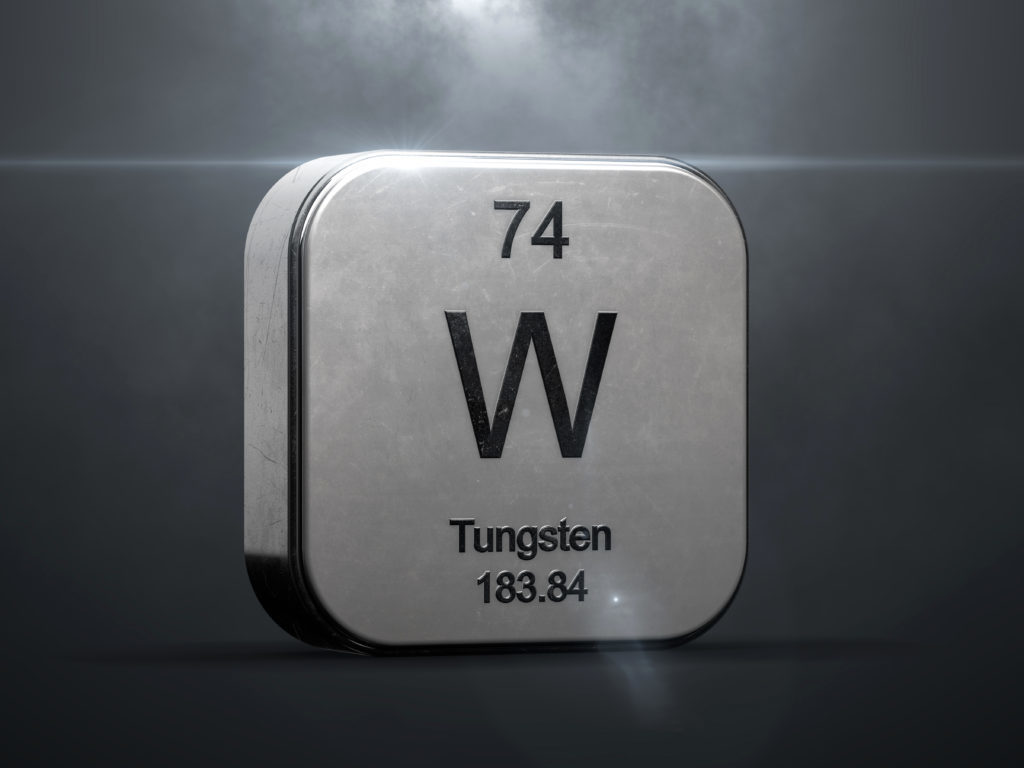News Hotspot
Contact Info
Add:Tangyan Mansion, No. 58 Keji 1st Road, High tech Zone, Xi'an City, Shaanxi Province
Phone: 0086-29-84504928
E-mail: Tisales@omdtimetal.com
Applications of Zirconium
Release Time:
Feb 18,2025
Zirconium Applilacation
Zirconium is a transition metal derived from the mineral Zircon, its atomic number is 40, and we characterize this element with the symbol Zr. Zirconium was discovered as early as 1789 but was only isolated in pure form in 1914.
The chemical element Zirconium is one of the most common elements in the Earth’s crust, yet Zirconium is not extracted from the ground in it’s pure form. The mineral zircon, from which Zirconium is isolated, is often obtained as a byproduct of mining Titanium and Tin. In the process of converting Zircon to metallic Zirconium, a small amount of Hafnium is also produced. Zircon is found primarily in Australia, America, South Africa, Brazil, India, and Russia.
ZIRCONIUM IN NUCLEAR REACTORS: ZIRCALOY
Zirconium is essential in generating nuclear energy. Three notable properties make the metal particularly suitable for use in nuclear reactors: Zirconium is highly heat-resistant, absorbs very few neutrons, and is very corrosion-resistant up to a temperature of 750°C.
Generating nuclear energy is a process in which heat and neutrons are crucial. Zirconium can handle both well, as its melting point is 1855°C and it absorbs few neutrons. The free movement of neutrons is essential in splitting Uranium atoms, and because the metal absorbs so few neutrons, neutrons can move efficiently, enabling nuclear energy to be generated efficiently.
In addition, Zirconium is essential in safely stopping the nuclear reaction. To stop the nuclear reaction, fuel rods that absorb neutrons are activated. These rods are cooled with cooling water. The warm metal surface of the rods must not react with the cooling water, as this would result in the highly explosive hydrogen. Therefore, the rods are equipped with a Zircaloy sheath. Zircaloy is an alloy, available in various compositions, that consists of at least 97 percent (95% for nuclear applications) Zirconium. In addition, the alloy contains a small amount of Tin, Iron, Nickel, Chromium, or Niobium.
ZIRCONIUM IN CHEMICAL PROCESSES
Zirconium is widely used in chemical processes, both in the production of catalysts and pigments, as well as for the protection of equipment likestorage tanks, pipelines, etc. Zirconium and its various alloys provide the corrosion and heat resistance necessary for safe and efficient chemical processes involving acids, bases, and other corrosive substances and/or high temperatures.
Key words:
News Hotspot










